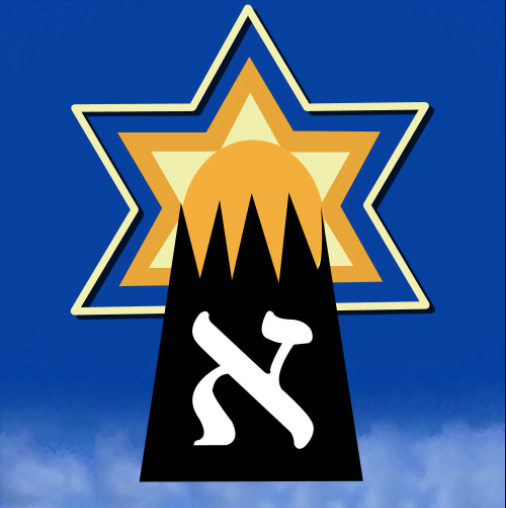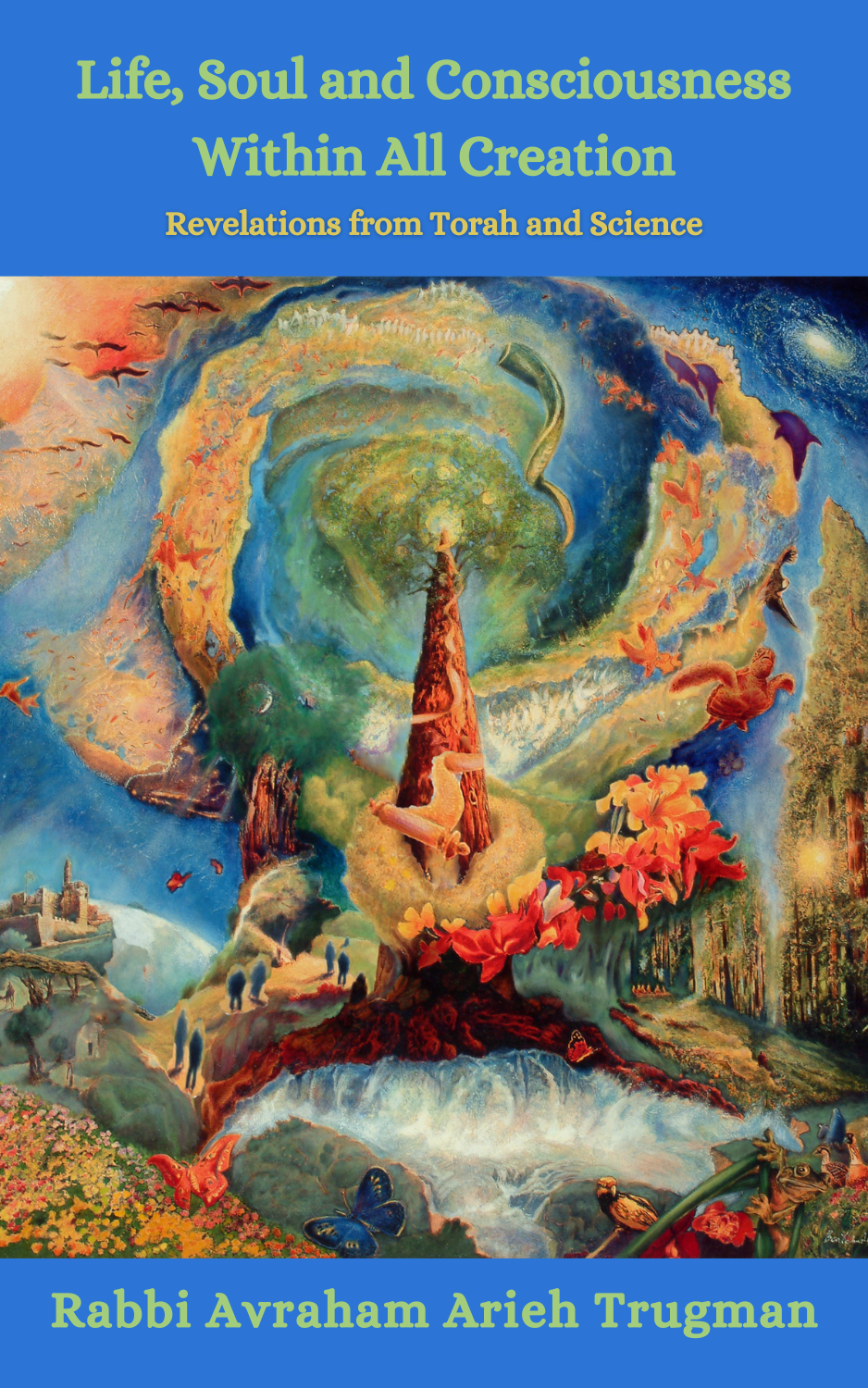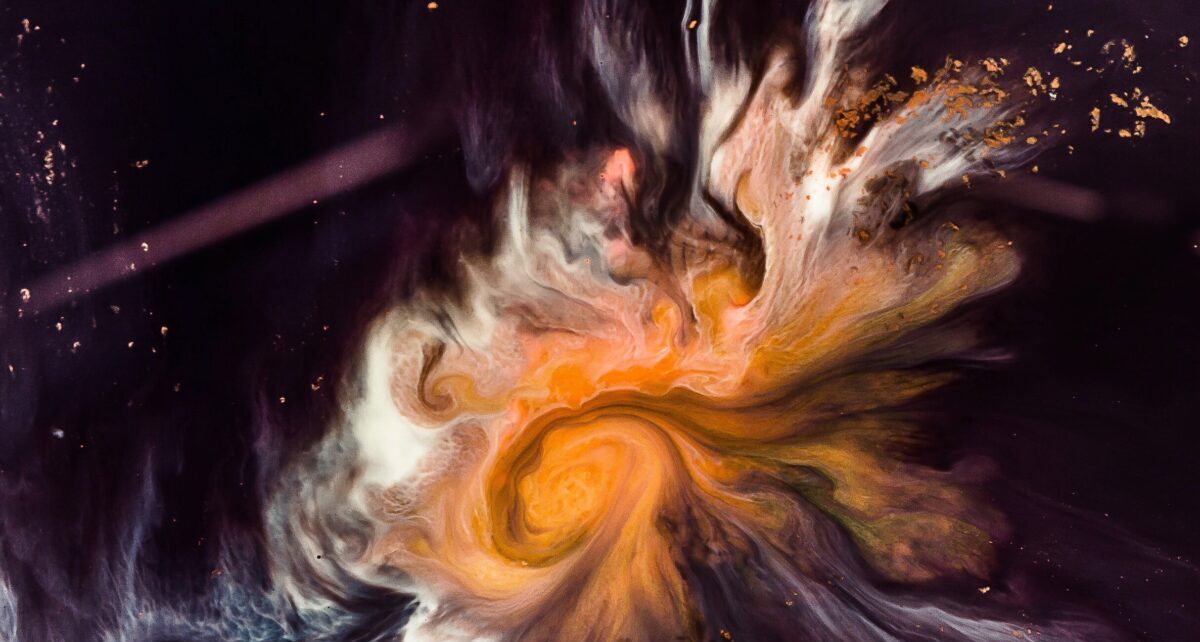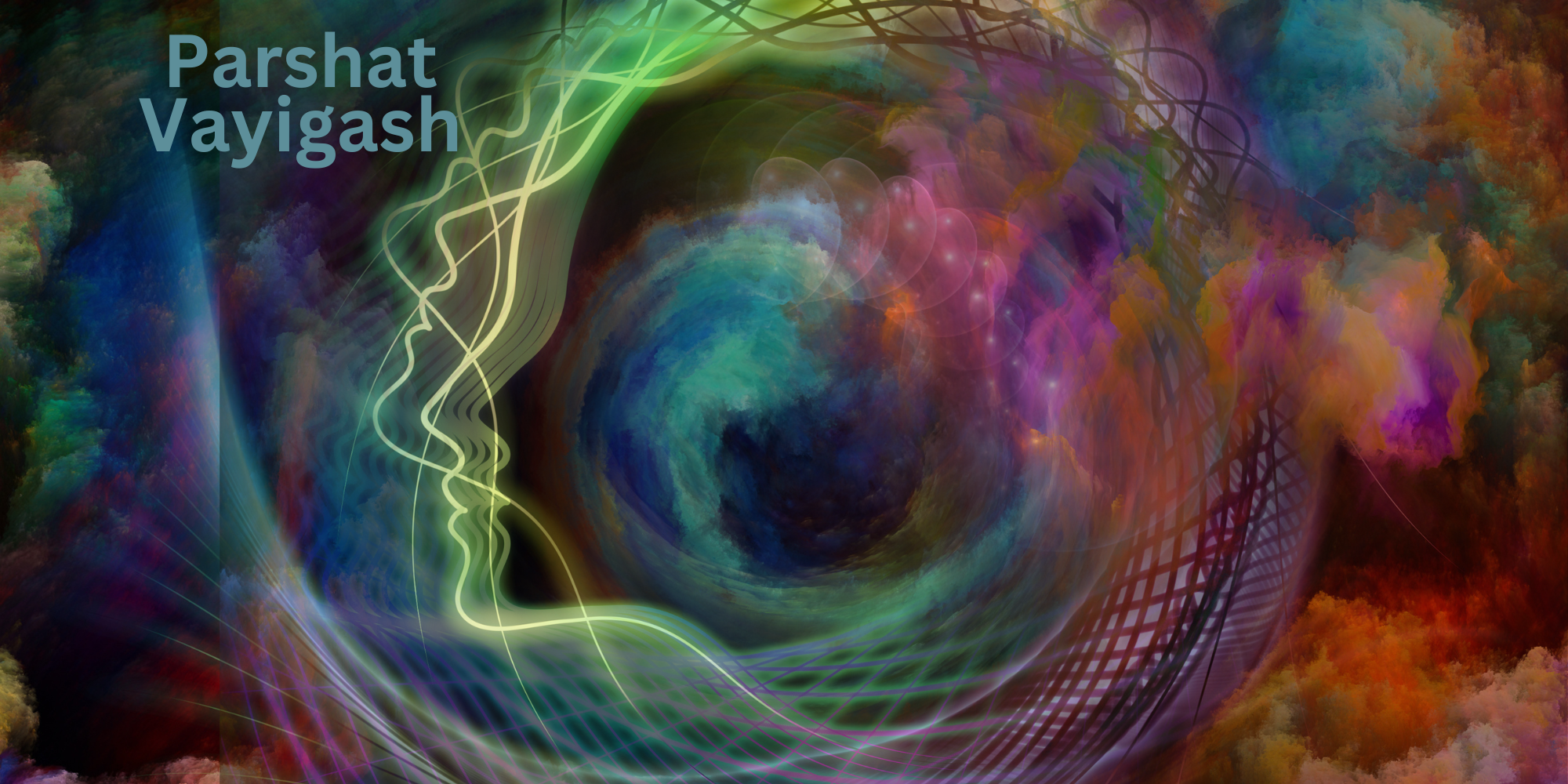One of the most effective methods used by Torah commentaries for millennia to showcase an underlying web of connections between various ideas, stories, holidays or mitzvot, is to take a single concept and attempt to see how it manifests itself throughout all the intended themes and topics under consideration. Although there are many concepts that connect all the holidays of Tishrei — some of which we have explored in previous sections — here we will introduce a new idea which beautifully and consistently runs throughout all the holidays — that is the symbol of water.
Even before the month of Tishrei the symbol of water appears in the month of Elul, albeit in a somewhat hidden and symbolic manner. Yet, as the holidays of Tishrei unfold, the symbol of water becomes increasingly pronounced and tangible, as we will now explore.
In preparation for Rosh Hashanah, according to Nusach Ashkenaz, special prayers of supplication called Selichot begin — depending on the year — at least four days before the New Year while in the Sephardi tradition, Selichot are actually recited throughout the entire month of Elul. The central prayer of Selichot is the repeated recitation of the Thirteen Attributes of Compassion, the Shlosh Esre Midot HaRachamim. These were revealed to Moses by God after the sin of the Golden Calf as part of the process of forgiveness for that grievous sin. But, what do these Thirteen Attributes have to do with water?
The thirteenth letter of the Hebrew alphabet is the letter mem. The word for water is spelled mem-yud-mem, implying a symbolic and energetic connection between the element of water and the thirteenth letter mem. A mikveh, which also begins with the letter mem, is a body of living water which cleanses one of all impurities both physical and spiritual. For it to be ritually functional, a mikveh must contain at least forty seah of water (the minimal measurement deemed enough to cover an average person’s body completely under water). The letter mem numerically equals 40. Additionally, as discussed previously, forty is a number that symbolizes transformation, relating as it does to the number of weeks of pregnancy. The mem, which is shaped like a closed container or pool of sorts, is often thought of as a womb-space. Based on all this, we can now envision the letter mem itself as representing a mikveh, bringing together as it does the ideas of water, immersion, cleansing and the transformational power of teshuvah — the primary theme of the Thirteen Attributes.
Furthermore, the Thirteen Attributes of Compassion are compared in Kabbalah to channels of light, healing and forgiveness that flow like a stream from Above to below (See “A Waterfall of Light” in the Chanukah for more on this comparison). Thus, the image of water is very appropriate to envision as a medium through which these Attributes flow down into the world. As mentioned above, this reference to water is very subtle and symbolic, but as we will now see, the image of water throughout the holidays of Tishrei grows into a roaring waterfall.
On Rosh Hashanah, as discussed above, we go to a body of water, preferably a flowing body of water, to perform the Tashlich ritual. At no other time of the year is there such a communal ceremony specifically held at a body of water. In the previous chapter focused on Rosh Hashanah, we devoted a whole section to Tashlich, therefore we will only add here that the image of water, which was introduced in Elul in a more subtle and symbolic manner, now reveals itself in an embodied and tangible way as a central element of the experience of Rosh Hashanah.
Moving deeper into Tishrei, we notice that Yom Kippur has numerous connections to water. Firstly, as discussed, there is the once a year, nearly universal custom of both men, women and even children who have reached the age of education, to immerse in a mikveh on the day before Yom Kippur. Whereas the waters of Tashlich are encountered vicariously through their symbolic carrying away of our past sins, submerging oneself in a mikveh in preparation for Yom Kippur is a totally immersive experience that impacts us on all levels — body, heart, mind and soul. What thus began during Elul as a symbolic meditation, and developed on Rosh Hashanah into a medium of transference, becomes on Yom Kippur a womb or pool of immersive transformation.
It is interesting to note that, as mentioned above, the minimum amount of water for a kosher mikveh is forty seah (approximately 120 gallons or 450 liters). Yom Kippur is in fact the fortieth day from Rosh Chodesh Elul, when we begin the annual process of teshuvah and renewal. This of course is based on the fact that Moses ascended Mount Sinai on Rosh Chodesh Elul for the third and last forty-day period in order to receive the second tablets, which he brought down to the people on Yom Kippur.
One of the central focuses of the prayers of Yom Kippur occurs during Musaf, the additional prayer, when we recount through dramatic visualization the service of the High Priest as performed in the Temple in Jerusalem. During this service the High Priest immersed in the mikveh five times. These five immersions in the mikveh correspond to the five prayers of Yom Kippur, as well as the five physical pleasures we refrain from (eating and drinking, bathing, wearing leather shoes, anointing with oils and marital intimacy). Even deeper, they represent a cleansing and purification of the five levels of our soul, as discussed above.
Finally, one of the most important verses, which is repeated a number of times throughout the various prayers on Yom Kippur, is a quote by the prophet Ezekiel, said in the Name of God: “I will pour over you waters of purification” (Ezekiel 36:25). The image and experience of water thus represents the essential meaning of the day: atonement, forgiveness and purification.
Whereas Elul, Rosh Hashanah and Yom Kippur exhibit an increasing tangibility and usage of water on both figurative and physical levels, during the holiday of Sukkot water itself becomes an essential and major focus of the holiday.
Although there are a plethora of spiritual intentions and meditations that accompany the mitzvah of shaking lulav, the most essential and straightforward purpose is to pray for rain, which symbolically and linguistically includes our prayers for all physical sustenance and livelihood in general. This is represented by the fact that the word for rain, geshem, is based on the same root as the word for physicality or material bounty, gashmiyut. Likewise, among all the various symbolisms of the four species, the most basic is that all four plants require an abundance of rain in order to survive and thrive. Shaking lulav is thus a quasi rain-dance, so to speak!
As we have discussed a number of times: Sukkot represents the process of preparing to actualize all our prayers and goals in the New Year. All the rituals of Sukkot, from building and living in the sukkah to waving the four species, are meant to bring our highest visions and deepest dreams down to earth through meaningful physical action. Nothing epitomizes this process more than the much-needed yearly rain in Israel, especially since it most likely has not rained since around Pesach, six months before. Just like we need Torah to realize our dreams and fulfill our untapped potential, so too the land needs water in the form of rain to unlock its dormant bounty and to bring the earth back to life. In fact, the word for water, mayim, when adding one for the word itself (90 & 1 = 91), is the same numerical value as sukkah (91)!!
In the above section, we discussed Simchat Beit Hasho’evah and its prominence on Sukkot during the time of the Temple in Jerusalem. This ritual reminds us of the verse: “And you shall draw waters in joy from the wells of salvation” (Isaiah 12:3). The practice of pouring water on the altar every morning of Sukkot following a festive night full of Simchat Beit Hasho’evah, speaks volumes regarding the deep connections between Sukkot and water.
On Hoshanah Rabbah, the seventh and concluding day of Sukkot, we incorporate numerous themes from the previous holidays of Tishrei into our prayers in order to unify all the holidays together and emphasize the quickly approaching end of the holiday season. According to a tradition from the early prophets, the final sealing of the judgment of Rosh Hashanah and Yom Kippur occurs on Hoshanah Rabbah; meaning that we still have time to plead our case until the end of Sukkot. The symbolic act that symbolizes this sealing of our judgment takes place when we put down our four species and pick up five willow branches, the species most identified with water. Then — after a series of powerful Messianic piyutim, poetic readings — we hit them against the ground five times to emphasize the idea of a final judgment, similar to a judge pounding a gavel to indicate that the case is now closed.
It is interesting to note that in Chassidut, Hoshanah Rabbah is compared to Isaac re-digging the wells of water his father Abraham had dug, but that the Philistines had stuffed up after his death. This comparison teaches us that Hoshanah Rabbah is a time to revisit all our hopes, prayers and good intentions for the New Year, which are appropriately characterized as wells of living water, and to re-dig them in a determined fashion. In this way, Hoshanah Rabbah is focused on revealing the still hidden waters of the previous holidays through our expressed commitment to accomplish all that we have prayed for in a tangible and sustainable manner.
The three weeks of the High Holiday season — encompassing Rosh Hashanah, the Ten Days of Repentance, Yom Kippur and Sukkot — culminate with the holiday of Shmini Atzeret. If one also includes the previous month of Elul, which was dedicated to prayer and repentance, Shmini Atzeret is the climax of nearly two months of serious spiritual work and intense introspection. On this final holiday of the cycle, we stop reciting the prayer praising God for causing the dew descend, and begin reciting the phrase “Who makes the wind blow and the rain fall.” This liturgically marks the official seasonal change from the dry summer season to the rainy winter season. In many ways, this invocation of the next season’s rains is the climactic moment of the entire holiday process.
As we have seen from all of the examples above, the image and element of water metaphorically runs through the entire cycle of teshuvah — from Elul until Shmini Atzeret — creating a potent flow of energy to integrate the individual points of this process together in a greater cohesive whole. As we learn: There is no water but Torah!







